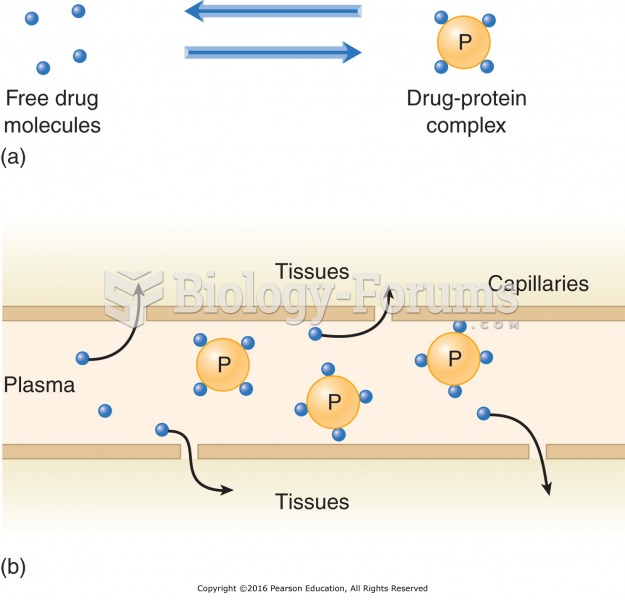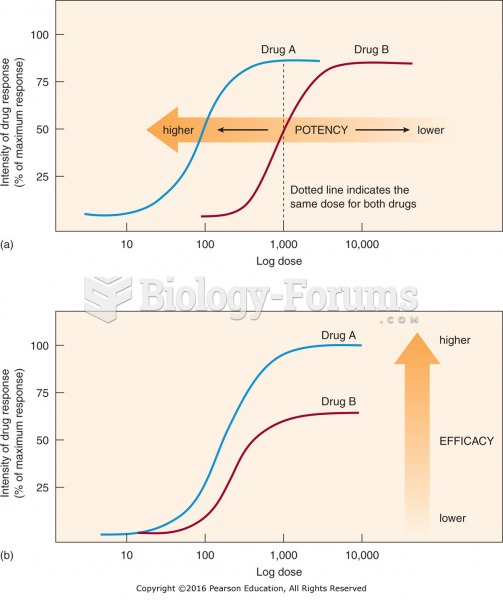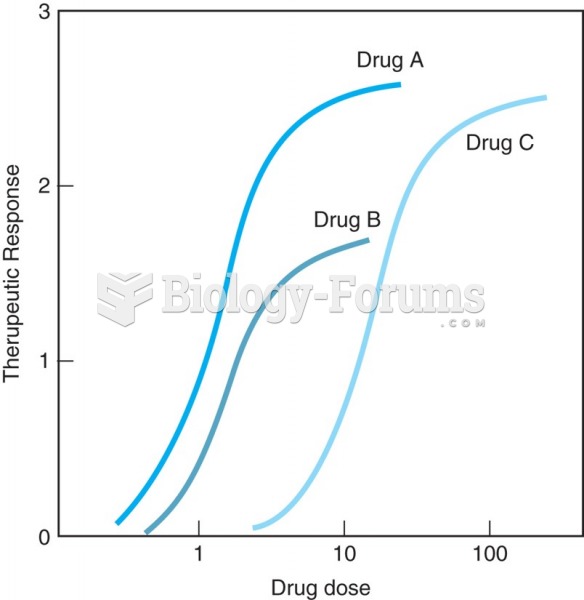|
|
|
If you could remove all of your skin, it would weigh up to 5 pounds.
In most cases, kidneys can recover from almost complete loss of function, such as in acute kidney (renal) failure.
Many medications that are used to treat infertility are injected subcutaneously. This is easy to do using the anterior abdomen as the site of injection but avoiding the area directly around the belly button.
Stevens-Johnson syndrome and Toxic Epidermal Necrolysis syndrome are life-threatening reactions that can result in death. Complications include permanent blindness, dry-eye syndrome, lung damage, photophobia, asthma, chronic obstructive pulmonary disease, permanent loss of nail beds, scarring of mucous membranes, arthritis, and chronic fatigue syndrome. Many patients' pores scar shut, causing them to retain heat.
All patients with hyperparathyroidism will develop osteoporosis. The parathyroid glands maintain blood calcium within the normal range. All patients with this disease will continue to lose calcium from their bones every day, and there is no way to prevent the development of osteoporosis as a result.
 Plasma protein binding and drug availability: (a) The drug exists in a free state or is bound to ...
Plasma protein binding and drug availability: (a) The drug exists in a free state or is bound to ...
 Potency and efficacy: (a) Drug A has a higher potency than drug B. (b) Drug A has a higher efficacy ...
Potency and efficacy: (a) Drug A has a higher potency than drug B. (b) Drug A has a higher efficacy ...
 A typical direct-injection system uses two pumps—one low-pressure electric pump in the fuel tank ...
A typical direct-injection system uses two pumps—one low-pressure electric pump in the fuel tank ...




